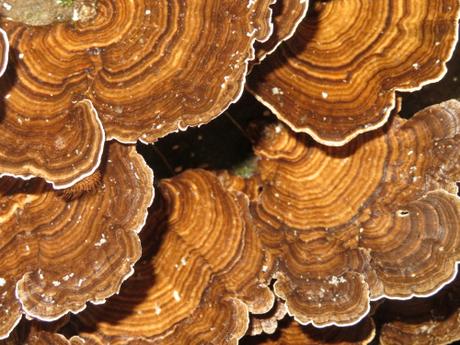
Things are never just ‘things’, are they?
There are some objects that manage to transform daily life into something very different to what was happening before they appeared on the scene. Now it would be very tempting to call out the internet here but not only is that not really ‘a thing’ (it’s too big and messy to be that), I am not actually sure it has radically changed my everyday life experience. As someone who grew up with a childhood that was internet-free and only encountered email, web browsers and more in early adulthood, I have to point out that I still seem to be living in a house built with bricks with tiles on the roof, with a car in the drive, a fridge in the kitchen full of the same kind of foods etc. Perhaps I might feel differently in a couple of decades.
No, I was thinking more of the objects found in Tim Harford’s book Fifty Things That Made the Modern Economy. The book starts with the plough, which is a particularly striking example of a catalyst for change: as the author claims, it was the plow that kick started civilization in the first place. The plow made farming much more efficient, thereby freeing up a large proportion of the population to do other activities and specialise in these, whether baking bread, building houses, constructing bridges and roads – in other creating civilization. In addition, the agricultural abundance that existed as a result (people were no longer foragers living at subsistence levels), meant powerful people could confiscate food and thus reinforce their power. This enabled the rise of kings and soldiers, bureaucrats and priests etc to live off the work of others.
The plow also changed domestic arrangements. Ploughing was awkward and required men’s strength, whilst the wheat and rice grown required more preparation than nuts and berries, which became women’s work at home. And as these women were no longer out and about foraging all day, they were more able to look after little children and thus had more frequent pregnancies. This was supported by the guaranteed good supply of food, helping to increase population size significantly.
And that’s not all – there are other impacts set in play which are perhaps less positive: switching from foraging to eating grain was actually less nutritious and average height dropped, whilst living more closely with many other people increased the chance of disease, parasites and other challenges to good health.
That’s a lot from just a plow.
There are other types of objects which are notable not for what they trigger but for what they represent. This came through very clearly in an interesting piece from Vox on the rise of granny panties and why this happened. It’s about a number of different things: the rejection of hypersexualisation, the rise of female empowerment (you can wear what you want and feel good), the advent of new garment technology permitting seamless underwear, reinvented granny panties can be also folded into the athleisure movement as women now look for comfortable clothes suitable for everything from working in an office to working. It’s about more than ‘just underwear’.
What totemic object would you want to put on a pedestal?
Advertisements